Date: 02/02/2024 (Edition 2) Download PDF
.png)
Goodbye Dry January…
Thankfully, another successful Dublin conference has drawn to a close, and as expected, the mood was positive. Well, positive about the tight demand for practically everything, but not a lot of positivity around OEM supply though. Largely the same sentiment was echoed from the stage, throughout meetings, and in the pubs.
However, the flavour was more varied than that. To list but a few…
Overall, asset-wise, everyone with skin in the game was upbeat about the tight market. Pricing and Lease Rates are up, and defaults are down. This is good for lessor, lender or investor returns for assets in place. However, for those either looking to grow or reliant on moving dynamics, it is more frustrating, and they were the ones who remained quietly cautious.
An interesting story throughout 2023 has been the difference in performance between the US low-cost sector and legacy carriers. From late 2022, the latter managed to get long-haul back online which plumped up their margins, cushioning against the sustained high fuel price and salary hikes. The low-cost sector had no such luck.
Whilst Spirit Airlines’ results are fully expected to be poor ($9m EBIT margin of -6.9%), it was slightly disheartening to also see JetBlue report negative margins for FY 2023 (-2.4% EBIT margin and -3.3% net margin). This is perhaps showing that the, now blocked, merger was out of necessity, rather than JetBlue having great growth ambitions. Southwest Airlines did manage to remain in the black (net margin of 1.9%). Interestingly, with a low use of leasing and debt, Southwest’s net finance income of $409m exceeded the operating income of $267m. Foreshadowing Spirit’s results, when they do come in, it is not a good sign when management is referencing potential GTF engine-related compensation payments as a source of liquidity, as they did earlier this month...
The brighter side of the story is how the full-service carriers continue to improve. The hierarchy was the same as in 2022, with Delta Air Lines leading the way in both EBIT margin (9.5%) and net margin (7.9%). United Airlines (EBIT margin 7.8% and net margin 4.9%) and American Airlines (EBIT margin 3.3% and net margin 1.6%) both improved on both fronts compared to 2022, as well. In the case of Delta, the net profit upswing was by over 53bps. This is significant to note as during the pandemic recovery, North American carriers defied other regions and cumulatively upped their net debt in 2022. This was partly due to some airlines’ struggles but also an appetite for CapEx more than debt repayment. At first inspection this would appear to be changing, however, this upswing was primarily driven by a $1.2bn gain on investments (compared to a $783m loss in 2022). They took out $416m more financing in 2023 and the gamble appears to be paying off!
All three carriers benefitted from a fuel cost decrease of circa 5-10% whilst their ASKs increased. However, American’s increase in ASK (+6.7%) lagged both United’s (+17.5%) and Delta’s (+19%). Over the year, Delta also increased yield by 2% with management saying that their ‘premium and non-ticket’ segment had reached 55% of revenue. All have also achieved the laudable trio of simultaneous yield, capacity and load factor increase. Again, Delta led, up (+1.6%) to 85.4%, while American improved (by +0.6%) to 83.5% and United improved (by +0.5%) to 83.9%.
It should be noted that the road ahead may not be as easy. Despite the cumulative positive movement, all three experienced a yield drop in Q4, which may continue into the new year. They also have Boeing’s production worries to contend with. Due to the latter, United revised its growth ambitions down and publicly criticised the OEM in the media. Finally, Delta has been warned of their joint venture with Aeroméxico being in the sights of the U.S. Department of Transportation. It seems that consolidation does not translate into American English.
From talking about the crusade of anti-trust officials to a company whose parent has just survived one, or perhaps not. The Brazilian full-service carrier, GOL Airlines, announced last week that it was entering Chapter 11 bankruptcy proceedings. The carrier has not turned a profit since the onset of the pandemic, but its debt load reportedly reached $4.2bn at year-end. Crucially, as of Q3-23, it had $2.8bn having a maturity within a year.
GOL is an interesting case study of looking beyond income statements, as their operating performance for the first nine months of 2023 had turned a very healthy operating profit (EBIT margin 15.7%), and the net loss was shallow (net margin -0.9%). The gap between the two was telling, however, and it was clear from looking at the cash flow statement and balance sheet that debt was getting out of control. The increase in debt increased the principal that interest was acting on, but also the rate they would need to pay on the new debt. For context, GOL’s bonds had been trading at around 30 cents on the dollar before the announcement. Now it sits at 16.
However, the picture is not entirely gloomy for GOL. Firstly, the operational performance should not be overlooked. The airline has managed to pull itself into profitability, whilst titans in the region LATAM, Avianca and Aeroméxico all required restructures through the pandemic. The airline also has more than one lifeline. To start with, its parent company, Abra Group, contains Avianca, who will be able to prop them up to an extent. As mentioned earlier, they were unfortunate to not get the Viva Air Colombia acquisition over the line, however, they will have benefitted from the latter’s demise reducing competition. The Abra Group has reportedly planned $950m in new financing, with $350m already approved.
On top of the private financing, the Brazilian government is discussing establishing a $605m fund for local airlines, issued by the Brazilian Development Bank (BNDES). The hope is that the two sources of financing (as well as restructuring the debt) can reign in interest payments and pull the airline back into net profit, whereby they can generate cash to pay off debt in earnest. In terms of profitability, they are not far off!
The funding is not an extortionate amount when one compares it to the $2bn that the Argentine government gave to Aerolíneas Argentinas over 3 years during the pandemic. For all intents and purposes, this made them a Public Service Obligation (PSO) carrier. IBA’s Latin America forecast often invites questions as to its positive view (11.0% EBIT margin in 2024). However, this needs to be contextualised that Aerolíneas Argentinas’ outlier $1.2bn EBIT loss in 2019 almost single-handedly wiped out the rest of the region’s profit. Therefore, that year doesn’t act as a good benchmark. The Argentine carrier is now predicting its first profit in 15 years. If GOL can be saved, the region may be on for the bumper year that their nine-month margins were suggesting!
Our regular update looks at the key trends and market indicators using data and analytics provided by IBA Insight.
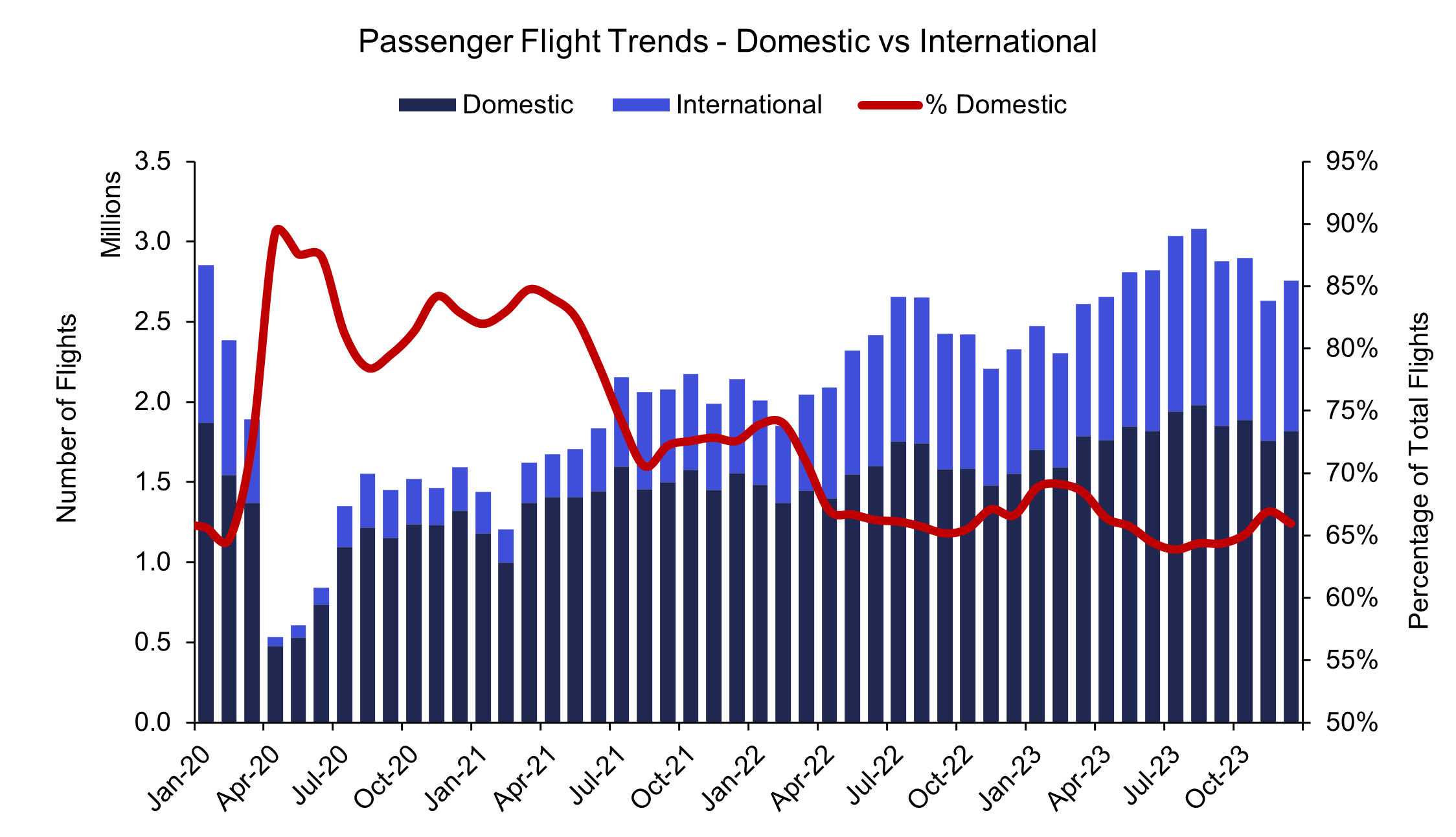
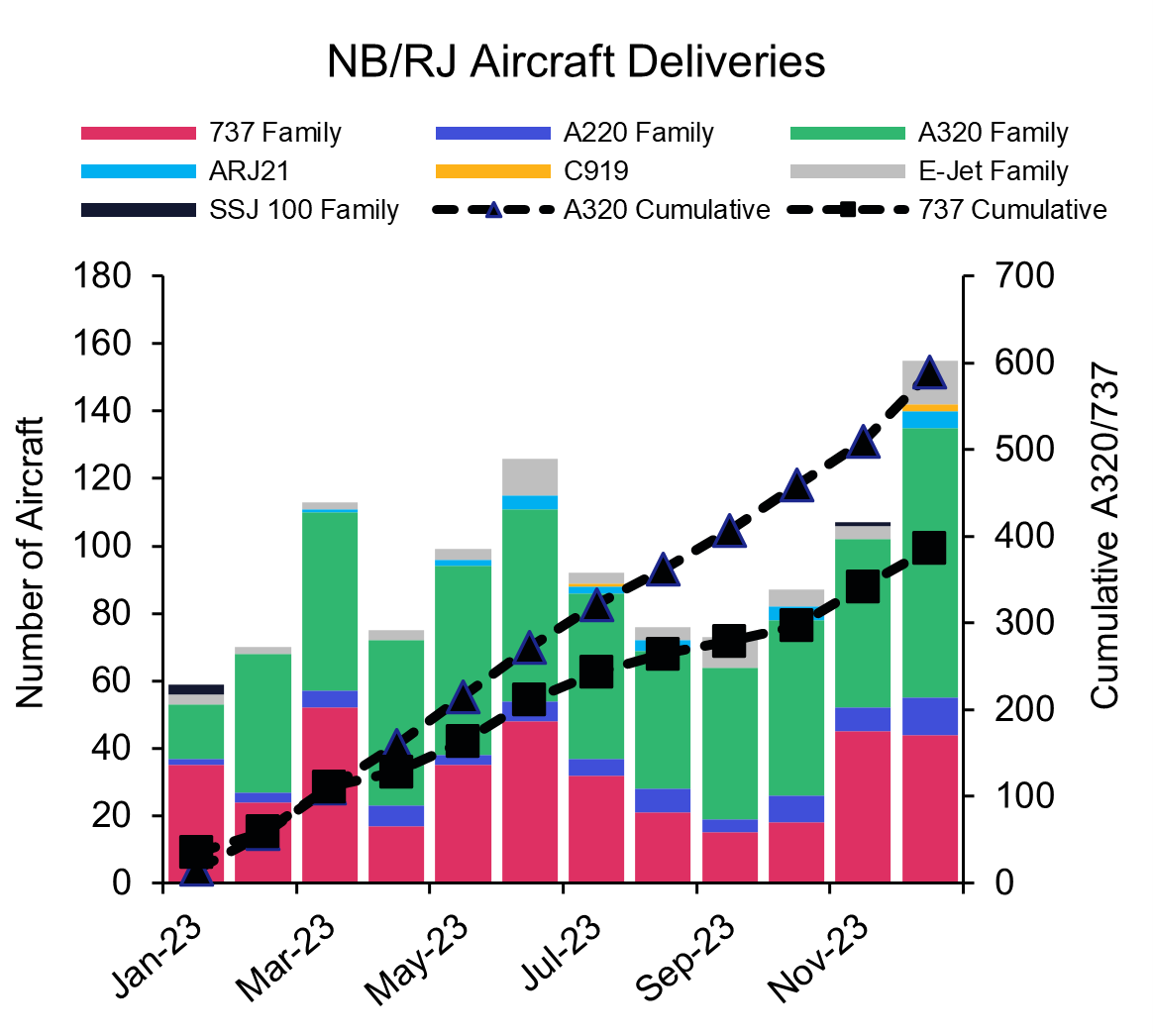
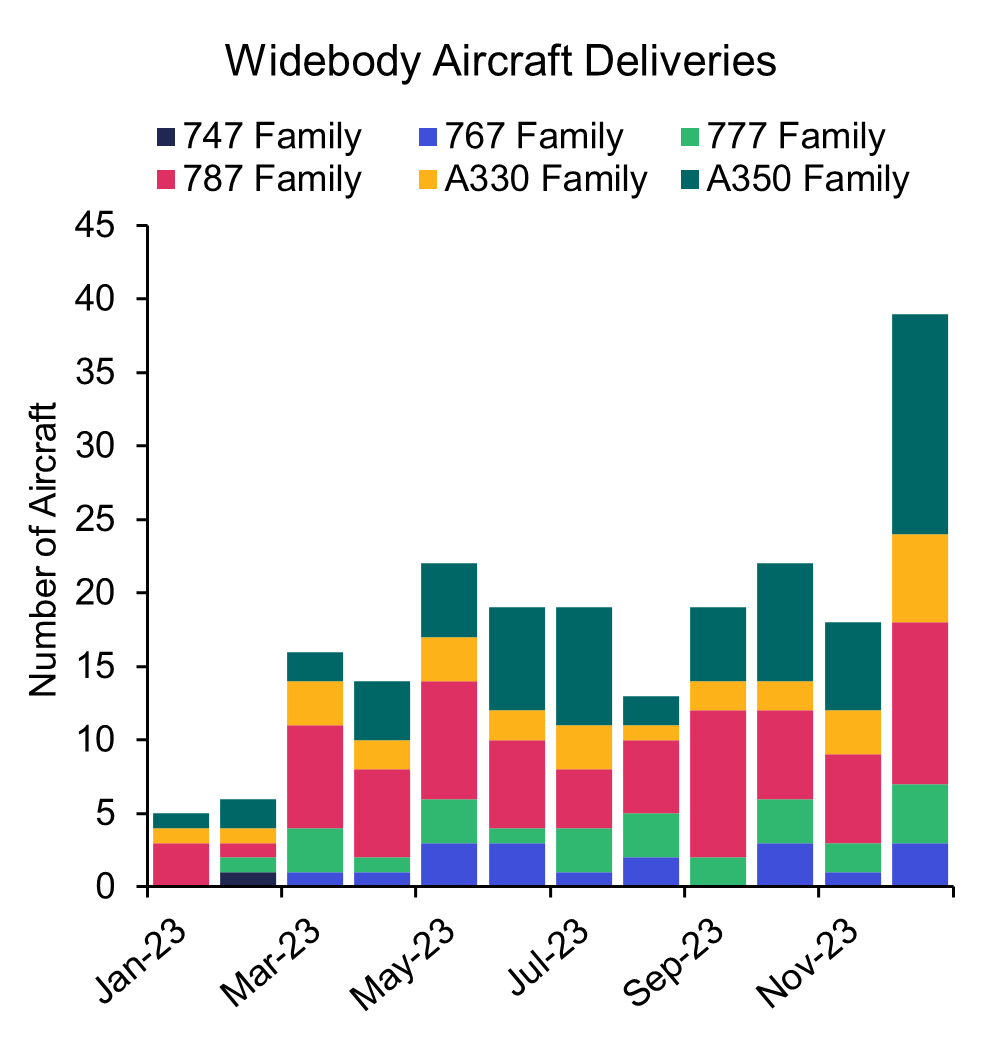

IBAのワンストップ航空インテリジェンスプラットフォームであるIBA Insightを紹介します。IBAの広範なフリート、価値、市場データと飛行データ、専門家の意見とを組み合わせ、投資、リスクプロファイリング、航空機ポートフォリオの監視に大きな自信と保証を提供します。

受賞歴のあるISTAT認定鑑定士の大規模なチームと 30年以上にわたる独自のデータを活用しているIBAは、価値評価市場のリーダーです。グローバルに活動し、航空機、エンジン、ヘリコプター、貨物機、航空貨物、発着枠、スペアなど、さまざまな資産の価値について、独立した公平な意見とアドバイスを提供しています。お客様の期待を超えるように常に努力しており、IBAの客観的な判断は、融資、資産の回収、商業開発、転売に必要な保証をサポートします。
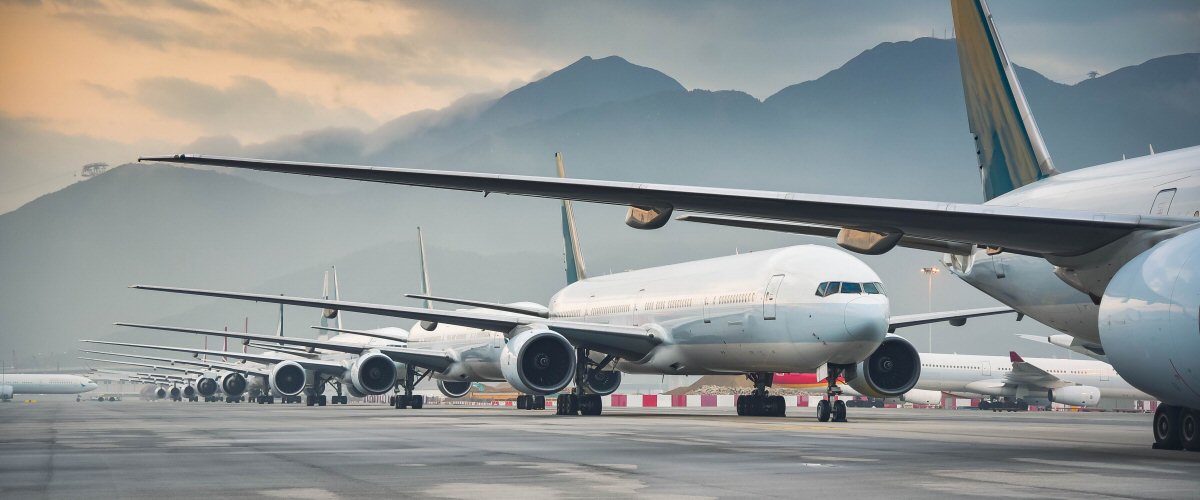
IBAは、世界中の大手航空機・エンジンリース会社と協力しています。当社の業界知識の深さは、専門家としてのアドバイスにも反映されているので、投資サイクルを通じてお客様をサポートし、お客様の旅のあらゆる段階で自信を与えています。評価、フリートの選定、ポートフォリオ開発からリース終了時の引渡、転売まで、リース期間中のあらゆるリスク評価と資産管理活動において、お客様をサポートします。

航空投資は複雑な問題を抱えていることがあり、多額の金銭的な利害関係が絡んでいるため、運に任せることはできません。初めて投資をされる方でも、市場で実績のある方でも、IBAは資産クラスの複雑さを切り開き、投資機会をよりよく理解するためのお手伝いをいたします。お客様と協力し、ポートフォリオの開発、多様化をサポートし、戦略的なニーズを充足いたします。
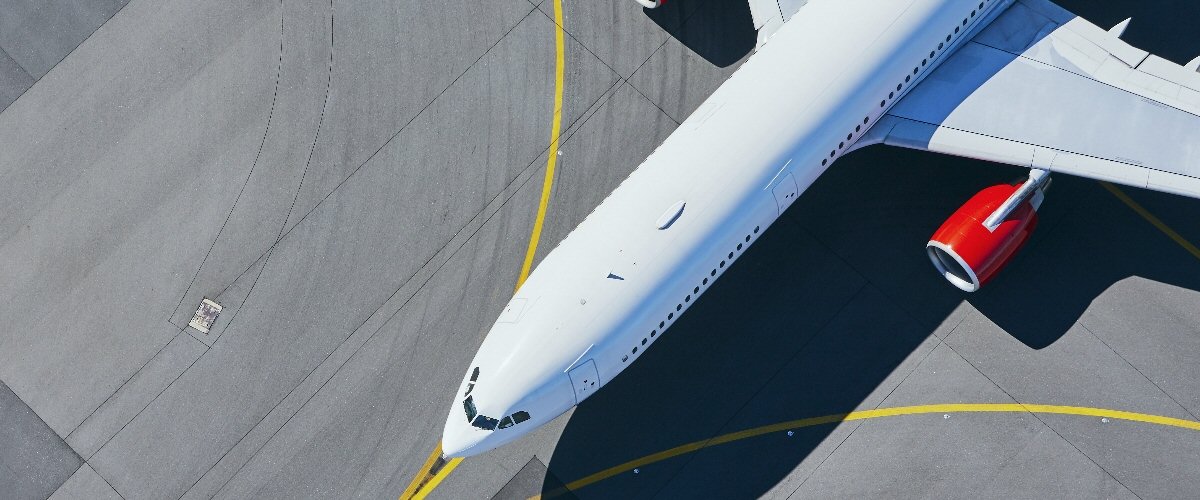
IBAは30年以上にわたり、世界的な航空会社や地域の航空会社と協力して、評価やアドバイザリーサービス、航空データインテリジェンス、航空機やエンジンの引渡におけるサポートを提供してきました。世界中の様々な航空プロジェクトに協力して取り組み、クライアントのさらなるリソースの要件を満たし、必要な時にはいつでもどこでもプロジェクト管理のサポートを提供しています。

当社は、訴訟支援と紛争解決に臨機応変なアプローチをとり、クライアントの法的戦略に合わせた思慮深い解決策を見出しています。30年以上にわたる独自の航空データへのアクセス、戦略的M&Aへの定期的な関与、および航空機管理の専門知識により、当事者間の典型的な争点となっている分野に定期的にアクセスできます。IBAは、航空機の損傷や損失に対する保険関連の和解から、貸手と借手の間の紛争、多くの場合、引渡時の紛争に至るまで、様々な側面からクライアントを直接、または法務チームを通じて支援します。